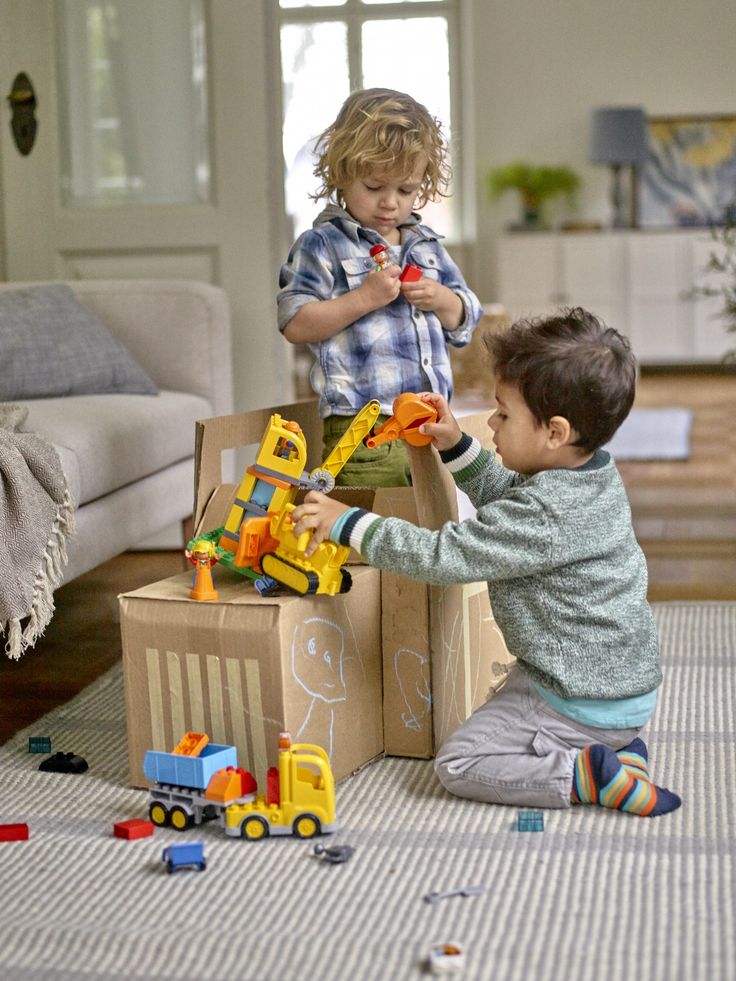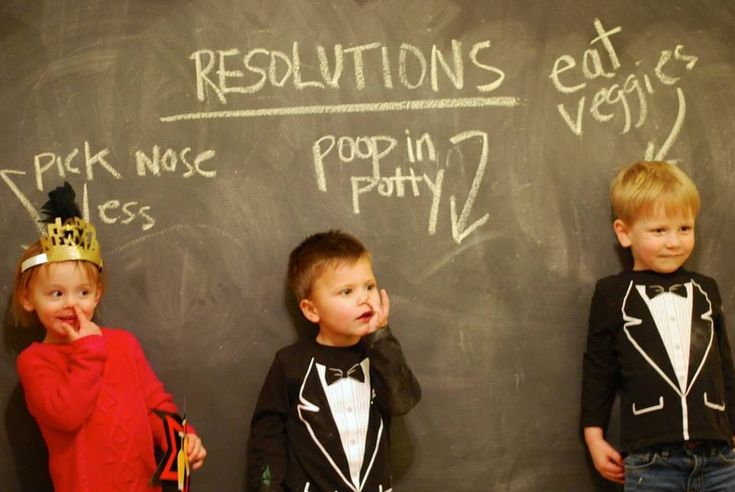We all have different thoughts about New Year’s resolutions, as adults. Talking to your child about creating some resolutions can be a teachable moment about the coming of a new year being a “fresh start”. It can be a chance to focus on healthier habits; a creative opportunity to make it fun to set a goal or two, while establishing greater responsibility and accountability in your child.
When setting goals with children, it’s important to keep in mind that they must be realistic and easy enough to attain with moderate effort. A challenge, but achievable. Otherwise, they can be demotivating and cause upset. Of course, goals also need to be age-appropriate and right for your child’s stage of development.
Keep in mind that in Montessori, we don’t do stickers or rewards/incentives when students do their classroom jobs, for instance. The goal is for your child to derive self-satisfaction for a job well done, and for the students to experience and become aware of how they feel as a result of the work they did. We focus on the process as opposed to the product. This may mean a statement like: “Wow – I noticed you spent 15 minutes working to make your bed. Are you wiped out? Do you need to lay down!?” You can exaggerate this and make them laugh. The more fun they associate with their success, the more likely they are to try again. Or, “how does it feel to do it all by yourself?” Let them tell you and really listen, matter-of-factly and without judgment.
Creating a positive association with the amount of effort or time spent, asking about how they feel, as opposed to judging, correcting, fixing, etc. – this is the key. For instance, try really hard NOT to remake the bed after they give it a go, especially if it’s their first time. It may be wrinkly and obviously done by a child, but coming back in to smooth the covers out, for instance, can actually be hurtful and even devastating to a sensitive child. And of course, never say things like “you did it wrong” or “that’s not the way I showed you!” A simple whisper: “I notice you made your bed” can suffice.
If your child asks for feedback, depending on their age, you can offer things like:
“You know, I am just so impressed that you accepted this responsibility.”
“How do you feel you did, cleaning up your things?”
“What’s something you want to try differently next time you organize your drawers”?
“Are you happy with the way it came out?”
Another idea that can work nicely is to tackle a project together with your child, and perhaps break a bigger project up into smaller steps. Let’s say you want to help organize your child’s bookshelves. Sit with your child and work together to complete these steps:
- Ask your child to “show you” how you to carefully remove books from the shelf, and how to treat them with respect.
- Your child can demonstrate. Practice this together first, since you will be removing every book from the shelves.
- Once books are carefully removed from the shelves, suggest a “sort” of books by category. Tell your child you will help.
- Perhaps the first book you look at is fiction, about animals. Use a piece of paper to write FICTION – Animals, and have your child draw a quick animal on the paper. (a visual cue) Then, together, begin to find all of the books with animals and physically place them with the label, in their own pile(s).
- Next, identify books which are NON-FICTION about animals. Talk about the difference, and see if any of the books in FICTION pile need to be moved to NON-FICTION – Animals. (“Fiction means stories where animals might talk, or there is a lesson to learn. Non-ficiton is where there are facts and photos of real animals, like in a dictionary or encyclopedia.”)
- Get creative with the categories: Read Aloud Books, Holiday Books, Sports, Funny Books (Humor), etc.
- Once the sort is complete – now the fun part! Choose various stickers, one to represent each category. Let your child choose. Make sure you have enough stickers that match for the number of books in that category.
- All of the FICTION – Animal books might have a lion sticker on the spine of the book. Cover the sticker with clear tape so it stays on. Do the labeling with lion stickers and add tape to the spine of each book in the FICTION – Animal category, so when books stand on the shelf, the lion stickers are all at the same height. On that section of the shelf, place a label FICTION – Animal with a lion sticker on it, as a visual reference for your child to know where the lion books “live” on the shelf, so that the category label FICTION – Animal which has the lion sticker, sits where the books with the lion are to be placed. Now your child knows where the category is and where the books go by matching the labels (stickers).
- Once you have sorted and categorized and labelled every book, it’s time to neatly return them to the shelves, and see the result! Now it’s easy for your child to return books to where they belong on their shelf, and to know where books are, sorted by category. This is very satisfying, for children and adults.
- Depending on the amount of time you have and how old your child is, you might start with just one category one day, and come back again on another day to identify and sort the next category.

Here is a short list of resolutions that can be easy enough to manage (attainable) and age-appropriate for children who are school-aged, as well as fun:
• I will take time after playing with toys to put them back where they go. (again, the sorting and categorizing is very helpful to accomplish this!)
• I will let my parents help to remind me to brush my teeth twice a day, in the morning and after dinner, and will try to do it by myself.
• I will wash my hands after using the bathroom, after eating, and after playing outside.
• I will try new foods when I can and remember that “taste buds change!” (sometimes we don’t like a food and then we do!)
• I will help to clear my place after I eat/the whole table after my family eats a meal.
• I will learn to care for animals and ask pet owners if I can pet their animal before I do it.
• I will look both ways and hold a grown-up’s hand whenever I cross the street.
• I will take care of my skin by putting on sunscreen, wearing a hat, and sunglasses.
• I will wear a helmet whenever I ride my scooter.
• I will remember to be nice to others and if I see someone looking sad, see if I can cheer them up.
Notice how many of these are safety-related and represent healthy choices that you want your child to make. Turning these things into goal-setting can make them more of a game, and introduce a fun element to help increase buy-in and participation in your child, and even reduce your headaches and the need to remind, coax, reward, etc. Use the idea of a new year as a time to hit the “reset button” and start something new and fun, to introduce a new challenge to work toward. You may also share one of your resolutions with your child to help set the tone!
Happy New Year, and good luck!


























